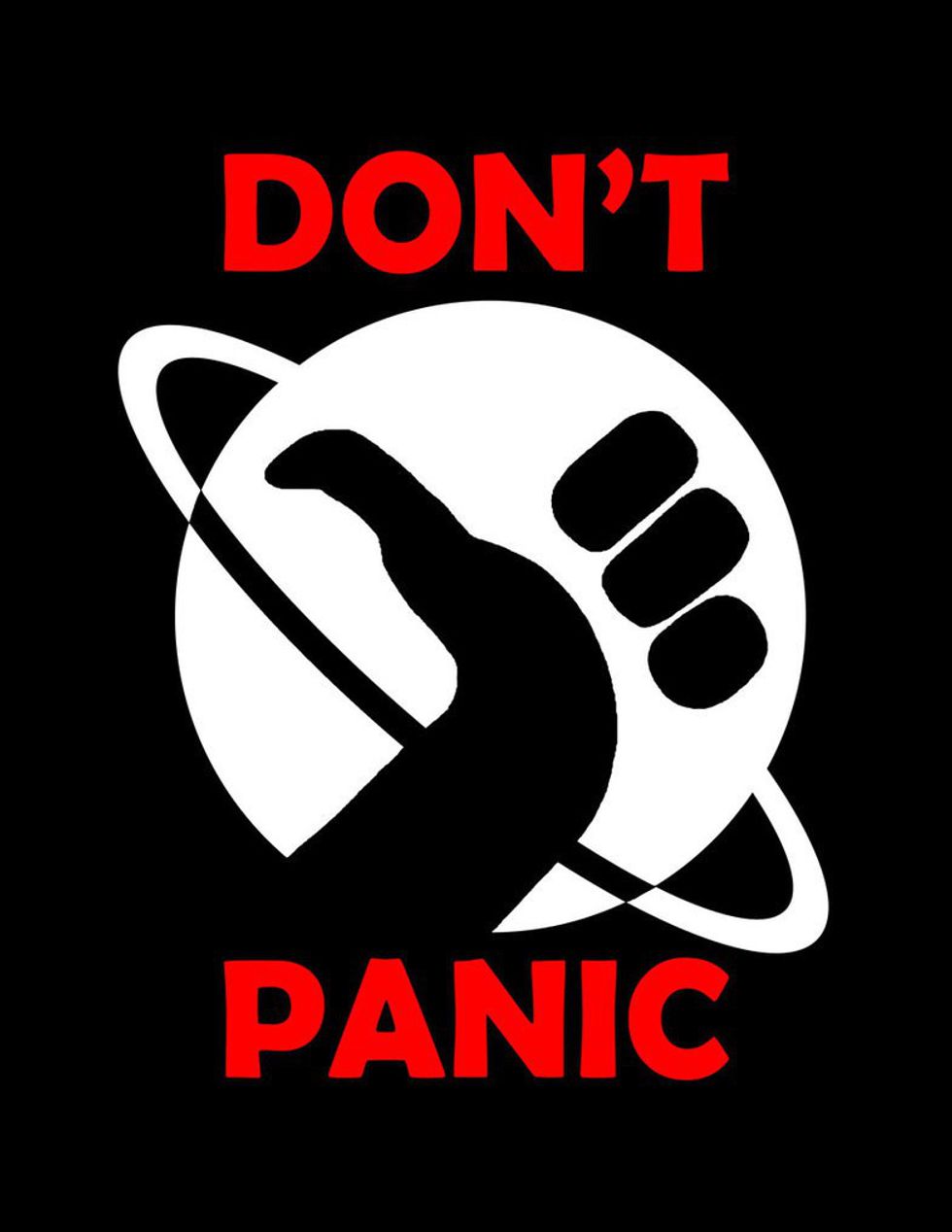As someone who has always loved scavenger hunts and the outdoors, I was thrilled when I found out about geocaching. It's an ongoing scavenger hunt throughout the entire world, with currently more than 2 million geocaches worldwide. A geocache, also called a cache, is a small container or magnet, typically Tupperware, that contains a logbook and knickknacks and can be hidden anywhere throughout the world. The logbook is some sort of paper or journal, and the knickknacks can range anywhere from dice to a small children’s toy. I have found a variety of things, usually aimed toward children, including happy meal prizes, stickers, bouncy balls, shells and rocks.
So, how does it work? Well, to begin all you have to do is download the app onto your smartphone and make an account through geocaching.com. From there, you create a username. Your username is what you will write in the logbook found in a geocache, along with the date you located it. Then, the app will use the GPS coordinates of your phone to locate all the geocaches around your current location, and you go from there. You pick whichever cache interests you or is closest to you, and the app will point you in the right direction. Then, once you are near the location, you begin searching for the geocache. There are even hints for most of them.
The game has some unspoken rules passed down to new geocachers when they start. For example, people who don’t know about geocaching are called “muggles,” a term coined by J.K. Rowling in the "Harry Potter" series. You are supposed to be cautious when finding a cache so that no surrounding muggles see what you’re doing. It sounds a bit strange, but here’s why: If the wrong person sees you and the cache, they might take it or mess with it, ruining the fun for future players. Another rule is that if you take a knickknack out of a geocache, you must replace it with something else.
There are so many reasons to love geocaching, and once you start, you get addicted. Some of the containers used as a geocache can be very interesting as well. For example, I once found a cache that was hidden inside of what looked like a chewed up piece of gum on a park bench (no worries, it was plastic shaped like gum with a hollow center), containing a small logbook. Another time, the container was a magnet about the size of a fingertip that was stuck to a sign. It had a tiny logbook rolled inside it!
Overall, this is one of my new favorite hobbies, and I look forward to finding geocaches all over the world. I also plan on creating one soon to see who comes to find it. Hopefully, this has convinced you to give it a try!
























